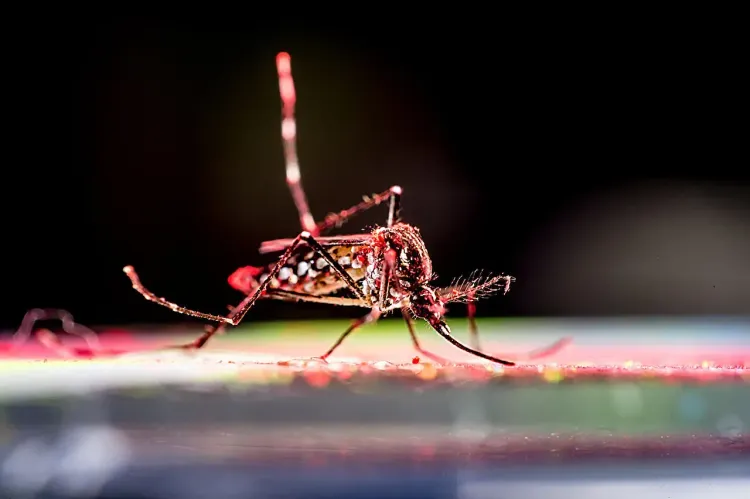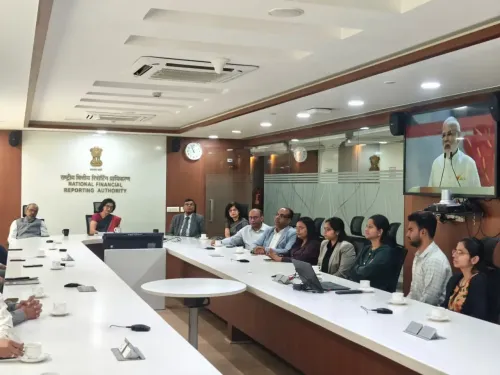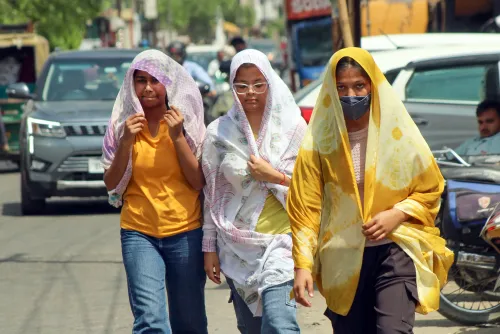What Makes the Size and Severity of Chikungunya Outbreaks Unpredictable?

Synopsis
Key Takeaways
- Chikungunya outbreaks are unpredictable in terms of size and severity.
- Local conditions significantly influence the impact of outbreaks.
- Vulnerable populations are at higher risk from the disease.
- Climate change may affect mosquito activity but isn't the sole predictor of outbreak severity.
- Continuous research is essential for effective vaccine development.
New Delhi, Oct 4 (NationPress) A recent study reveals that the magnitude and intensity of chikungunya outbreaks—a disease spread by mosquitoes—are largely unpredictable. The chikungunya virus, found mainly in tropical and subtropical areas like Asia, Africa, and South America, triggers symptoms such as acute fever followed by severe joint pain that can persist for months.
While it is seldom fatal, the chikungunya virus can pose significant risks to vulnerable populations, including newborns and the elderly.
In a groundbreaking study published in Science Advances, a team of researchers from the University of Notre Dame in the US evaluated over 80 chikungunya outbreaks to enhance predictions for future occurrences and assist in vaccine trial strategies.
According to Alex Perkins, Professor of Infectious Disease Epidemiology, "Chikungunya outbreaks are unpredictable in terms of both size and severity." He explained, "An outbreak can affect only a handful of individuals, while another in a similar environment might impact tens of thousands. This unpredictability complicates public health planning and vaccine development."
The research team reconstructed and analyzed 86 chikungunya outbreaks, forming the most extensive comparative dataset available.
Initially discovered in the 1950s, chikungunya outbreaks have become more frequent and widespread, yet they remain sporadic and hard to foresee, creating challenges for public health officials aiming to prevent infections.
Shifts in chikungunya outbreaks—transmitted by bites from infected mosquitoes like Aedes aegypti or Aedes albopictus—are often linked to climate change; warmer, more humid conditions can stimulate mosquito activity.
However, Perkins emphasized that the study indicates climate is not the only crucial element in predicting outbreak severity. "While climate factors such as temperature and rainfall can suggest where outbreaks might occur, they do not significantly aid in forecasting their severity," he noted. "Local conditions—like housing quality, mosquito population density, and community responses—play a vital role. Some variability is simply due to chance, which is also part of the narrative," the expert concluded.









